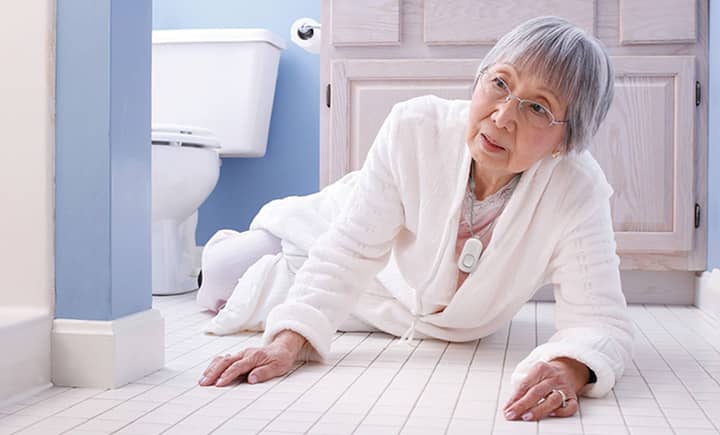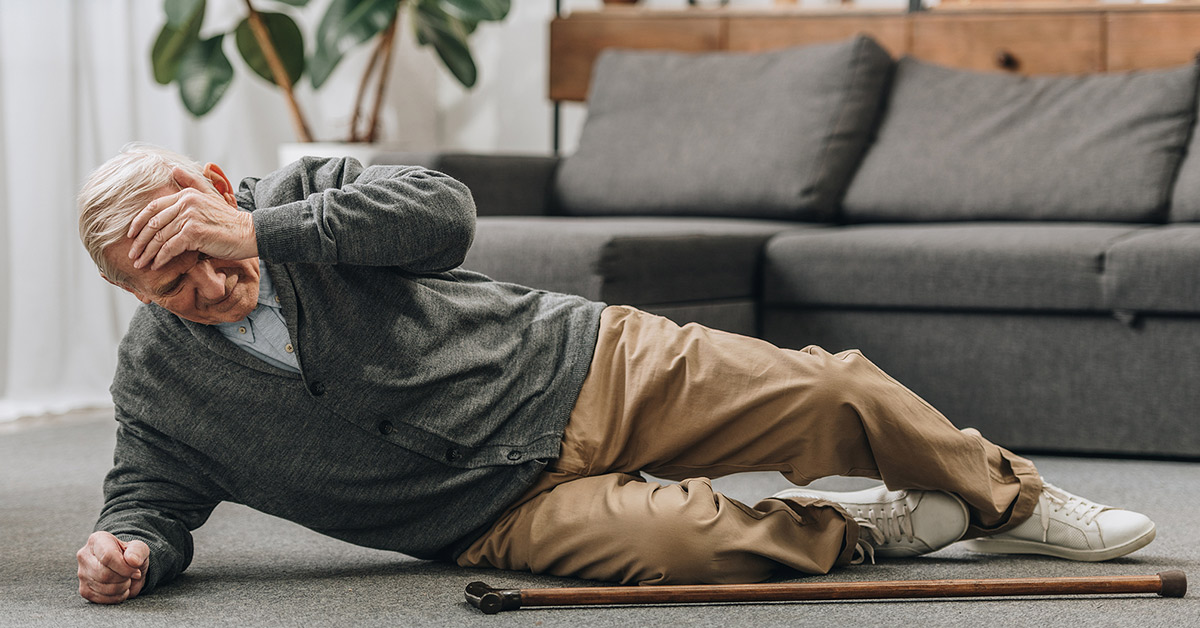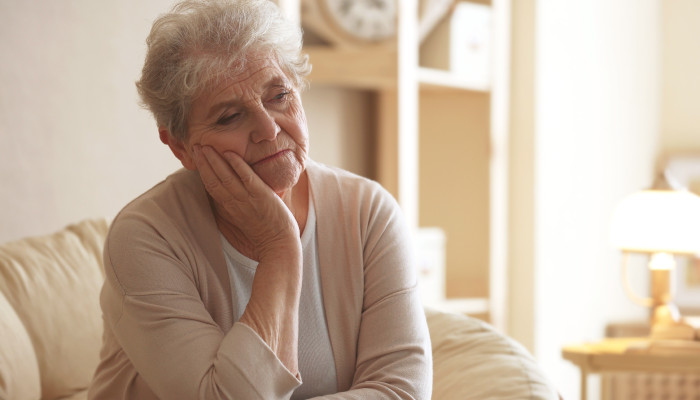As we age, both our vision and physical balance can decline, which increases the risk of falls. This is particularly concerning for the elderly, where falls can lead to serious injuries. Understanding the relationship between vision and fall prevention in elderly is crucial for maintaining a safe and healthy environment for older adults.

Understanding Vision Changes with Age
As people grow older, they often experience changes in their vision. Common age-related vision issues include cataracts, glaucoma, and macular degeneration. These conditions can significantly affect depth perception, peripheral vision, and clarity, thereby increasing the risk of falls.
The Role of Vision in Balance
Vision plays a critical role in maintaining balance. It helps in spatial orientation and movement coordination. When vision is impaired, it becomes challenging for the elderly to judge distances or detect hazards, leading to a higher likelihood of falls.
Fall Prevention Strategies
Implementing effective fall prevention strategies can greatly reduce the risk of falls among the elderly. Here are some key strategies:
Regular Vision Check-Ups
Scheduling regular eye examinations is essential. Early detection and treatment of vision problems can help in preventing falls. Ensure that the elderly have the correct prescription glasses and that they are wearing them.
Home Safety Modifications
Making the living environment safer is an effective way to prevent falls. This includes installing grab bars in bathrooms, ensuring adequate lighting, and removing tripping hazards like loose rugs and clutter.
Balance and Strength Exercises
Encouraging the elderly to participate in exercises that improve balance and strength, such as Tai Chi or yoga, can help in maintaining stability and reducing the risk of falls.
The Impact of Medications
Some medications can affect balance and coordination. It is important to review medications with healthcare providers to understand their side effects and manage them appropriately.
Remote Monitoring can be a helpful tool in ensuring safety for elderly individuals.
Nutrition and Fall Prevention
A balanced diet can contribute to the overall health and strength of the elderly, which in turn helps in fall prevention. Adequate calcium and Vitamin D intake are essential for maintaining bone health.
Use of Assistive Devices
Assistive devices like canes or walkers can provide the necessary support to prevent falls. It is important that these devices are properly fitted and used correctly.
Community and Family Support
Having a strong support system can make a significant difference in the lives of the elderly. Family members and caregivers play a crucial role in ensuring the safety and well-being of older adults.
Technology in Fall Prevention
Advancements in technology offer innovative solutions for monitoring and preventing falls. Devices such as motion sensors and fall detection systems can alert caregivers in case of an emergency, providing peace of mind.
Fall Detection technologies are becoming increasingly popular in elder care.
Vision Rehabilitation
For those with significant vision loss, vision rehabilitation services can teach new ways to perform daily tasks safely and effectively, reducing the risk of falls.
Understanding Cognitive Decline
Cognitive decline can also impact balance and coordination. It is important to address both cognitive and physical health when considering fall prevention strategies.
Cognitive Decline can be a significant factor in fall risk.
Professional Assessment
A professional assessment can help in identifying specific risk factors and developing a personalized fall prevention plan for the elderly.
Conclusion
Understanding the relationship between vision and fall prevention in elderly is essential for ensuring their safety and health. By implementing the strategies discussed, families and caregivers can significantly reduce the risk of falls and help older adults maintain their independence.

FAQ
What are the common vision problems in the elderly?
Common vision problems include cataracts, glaucoma, and macular degeneration, which can affect balance and increase fall risk.
How can I make my home safer for an elderly loved one?
Ensure good lighting, remove tripping hazards, and install grab bars in key areas to enhance safety.
Are there exercises that can help prevent falls?
Yes, exercises like Tai Chi and yoga can improve balance and strength, reducing the risk of falls.
For more detailed information on falls prevention, visit the National Council on Aging.
This article contains affiliate links. We may earn a commission at no extra cost to you.






